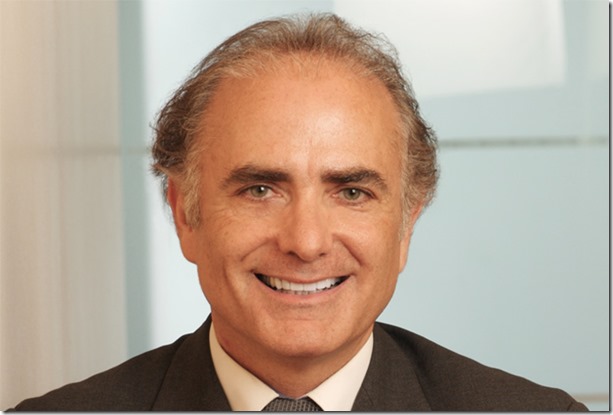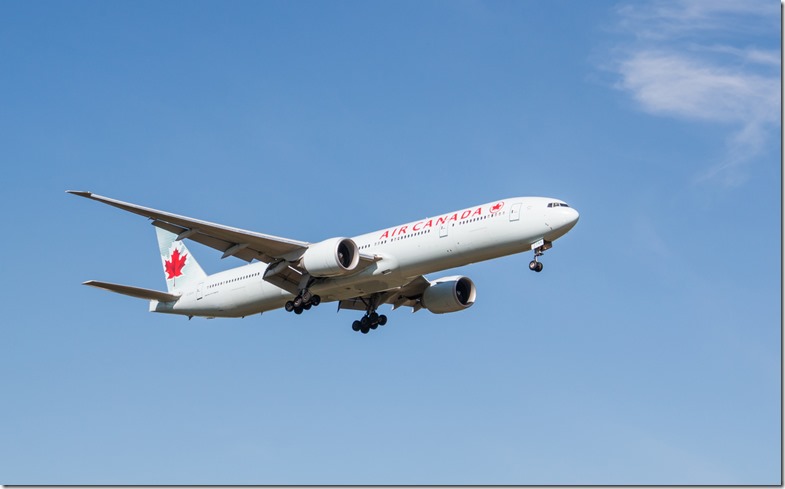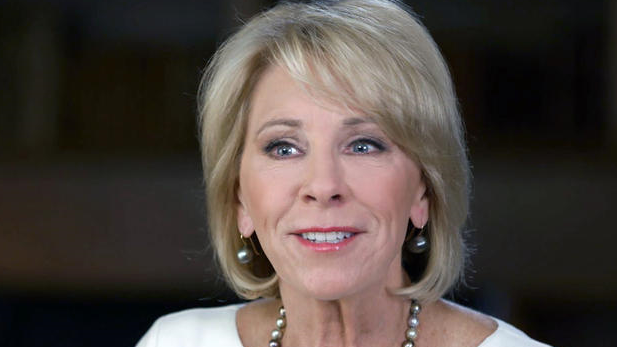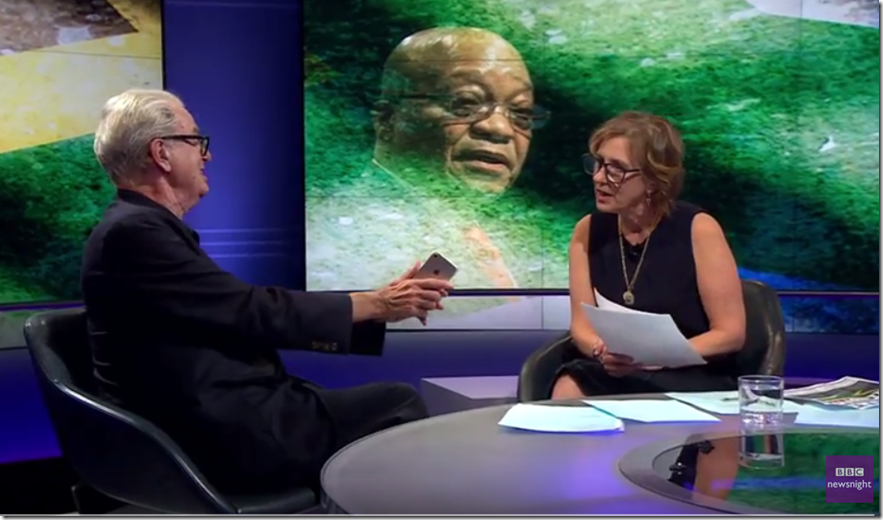Air Canada’s CEO Tries — And Fails — To Control An Interview
It’s not uncommon for some executives, who are used to being in control and angered when they’re challenged, to lash out during a media interview.
Unfortunately for Air Canada CEO Calin Rovinescu, it’s also not uncommon for the reporter to punish the executive for their unappealing tone.
For an interview published yesterday in Canada’s The Globe and Mail, reporter Trevor Cole asked a series of seemingly fair questions about the airline. Mr. Rovinescu’s tone shifted when he didn’t like a few questions—and he proceeded to answer sarcastically and defensively through much of the rest of the interview.
The full article is behind a pay wall, but I’ve excerpted a few key exchanges below.
You feel good about how Air Canada deals with [overbooking]. Can we talk about that case last April when the 10-year-old boy was bumped?
No. I’m not getting into specific customer dynamics with you, Trevor. And that’s not what I expected this interview to be about, and I’m happy to end it here if that’s—I’m not getting into discussions with respect to specific customer experiences.
By threatening to end the interview, Rovinescu suddenly shifted the headline away from his airline and toward his own refusal to engage meaningfully on a topic the public is concerned about—how they’re treated by air carriers. As you’ll see shortly, he would get punished for that decision.
Nevertheless, Mr. Cole recognized that his interview with the CEO might come to an abrupt end if he stayed on that topic, so he immediately shifted his questions to a different one.
Let’s talk about the disruptions coming from things like climate change. What is Air Canada doing to deal with this new reality?
Short of being able to control the weather, I don’t think there’s a lot we can do. I think that you will see some extreme weather situations which will result in disruptions.
You’re saying there’s nothing you can do to plan around that?
No, that’s not what I’m saying. There is a tremendous amount of planning that goes on through a complex operating system. But being able to control the weather is not within our business plan.
Rovinescu gave two sarcastic answers here—and Cole’s follow-up question was spot on. In his first answer, he did appear to say there wasn’t much Air Canada could do. When pressed in a follow-up, he suddenly gave an opposite answer.
Can you talk to me about pilot error? Just in terms of — (Note: In July, an Air Canada plane carrying 140 people nearly landed on a taxiway at San Francisco International Airport, where four loaded planes were lined up. The near-disaster is being investigated.)
Trevor, I’m not sure I’m loving the direction of your interview here. I thought we were talking about a more generic dynamic around what the airline has achieved.
Wait…this experienced CEO really thought this would solely be a puff piece about “what the airline has achieved” without any focus on Air Canada’s imperfections? To refuse to answer a question about public safety rather than reiterating his commitment to work internally and with investigators to learn what happened and how to prevent it from reoccurring was a bad decision.
Reporters ultimately have control over the final edit, and Cole—appropriately, in my view—made the CEO pay for his responses. Here’s the end of the article’s introductory paragraph:
All that success, however, has come at a time when air travel feels increasingly stressful. Growing delays and disruptions have left many passengers, including some Air Canada customers, feeling overcharged and underserved. But in the glow of his financial triumphs, Air Canada’s CEO would rather not dwell on the negatives. Or even hear about them, apparently.
Ouch.
In fairness, perhaps the reporter had told Air Canada’s PR staff that this would be a positive profile and then surprised the CEO with tougher questions. If so, who cares? That’s not unusual. An executive’s job is to still speak through the reporter to his customers and other stakeholders, not react to a reporter’s questions—particularly ones that seemed fair and “in bounds.” His staff could have protested with the reporter after the interview if they decided to do so.
Perhaps the reporter had a nasty, biting tone. Who cares? The public would never hear it in a print piece—and in writing, his questions seemed fair.
If Rovinescu had given even bland responses to the tough questions, he could have kept more of a focus on his airline than his tone. Instead, he reacted to the questions instead of answering them—and, by doing so, unnecessarily increased the negative tone of the article.
Answer, don’t react! Learn how by reading The Media Training Bible. A free preview is below.





A great article Brad, a perfect example of an interviewee taking the interview too personally. Any CEO of a major organisation should know how to distance their emotions from their answers. I’m interested to know whether Calin Rovinescu is often like this, in your opinion, or was he having an off day? Either way, he needs to develop some respect for the job the reporter is there to do, and learn to breathe before he answers.
Hi Christine,
Thank you for your comment and for reading the article!
I honestly am not very familiar with Mr. Rovinescu outside of this interview, but I know one thing he clearly forgot: the “win” here was to speak directly to his audience, not get baited by the reporter. And as I remind spokespersons often, it’s not good enough to get baited only once out of 12 questions; that one peeved response is often the only one the public will ever see.
In this case, the questions about public safety and overbooking seemed entirely fair. And because I’m certain that Mr. Rovinescu has thought about both of those topics extensively, it was surprising that he refused to say anything meaningful on either topic.
Best,
Brad